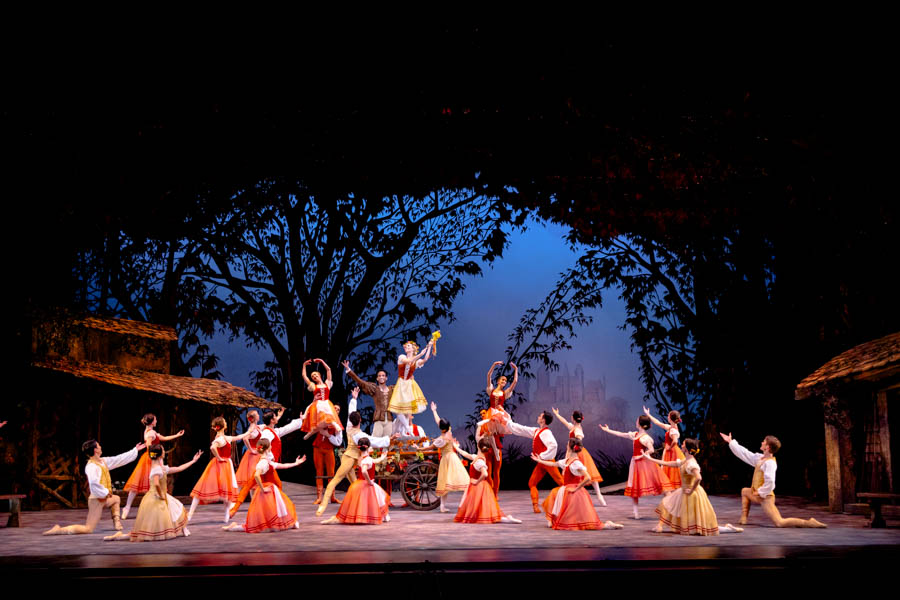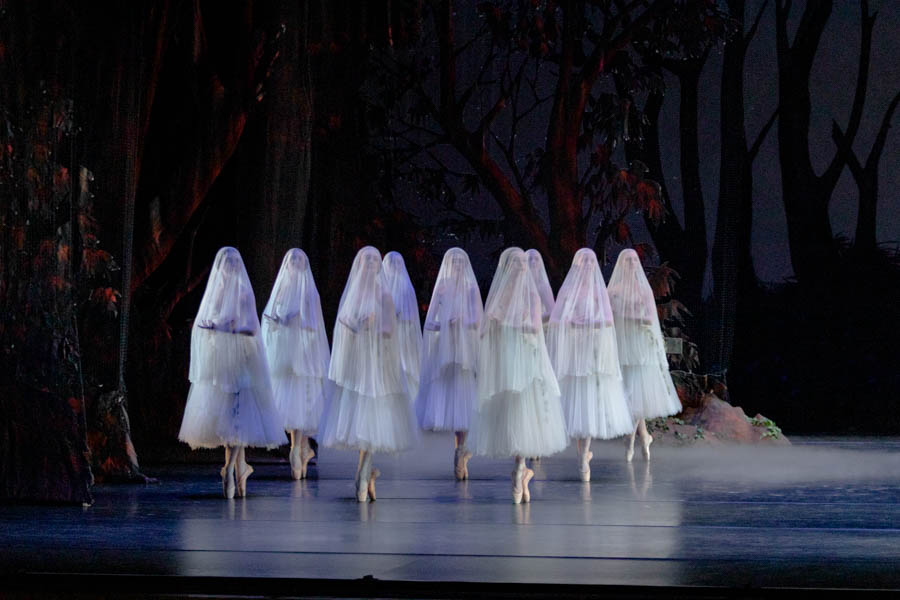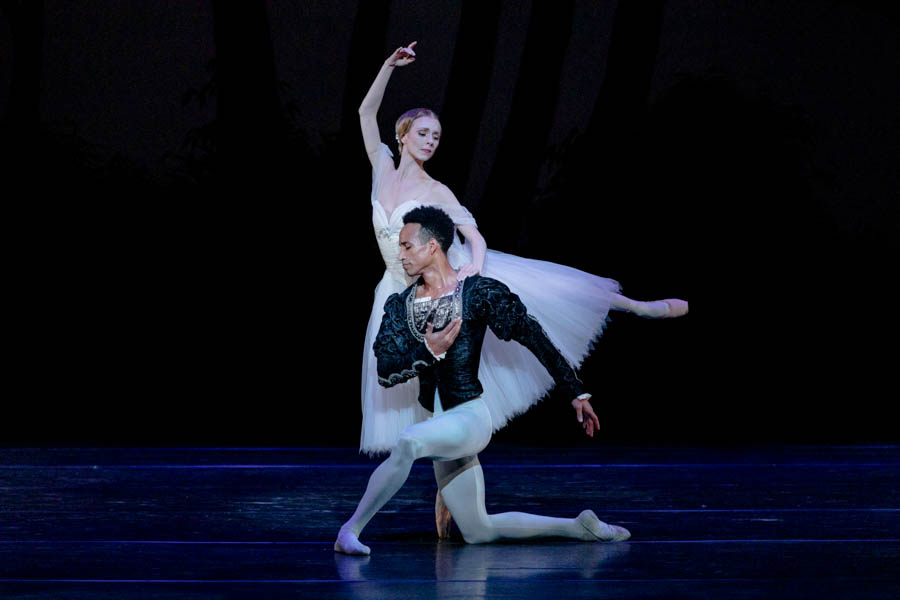When Sarasota Ballet brings Sir Peter Wright’s Giselle to the Sarasota Opera House stage this November, it will be with a secret weapon helming the production—Assistant Director Margaret Barbieri. A former dancer with the Royal Ballet in London, Barbieri’s career has been forever entwined with the ghostly romantic ballet, and it could be argued that few, if any, know this particular production as well or as intimately as she. But it all began with an unlikely performance that catapulted a young understudy to international acclaim. The year is 1968; the place: Royal Ballet in London. A hot young choreographer named Peter Wright (there was no ‘Sir’ yet) is wowing the world with his fresh new take on the romantic classic, Giselle. (Hint: Considerably more death by sword and considerably less miming.) And if you checked the cast list for the lead role of Giselle, you would see written plain as day, the names of famed ballerinas Doreen Wells, Betty Anderton, and Lucette Aldous. Tucked away at the end, confined in brackets, Barbieri. “And in brackets meant you were never going to do it,” says Barbieri. “You were there to learn.”
Essentially an understudy—but still thrilled to be there—the young corps de ballet dancer found herself a spot in the corner of the studio, out of the way, where she could watch and observe and dance without bothering the principals. “I was pretty intimidated,” says Barbieri. “I was not a very confident person, certainly not then.” So she was particularly surprised when the director pulled her and three male dancers out of rehearsals a week before the opening and had them perform a small section of Giselle on their own. Nothing seemed to come of it until the following Monday when Barbieri, dressed for rehearsal in her role as a nameless peasant girl extra, received a knock from the director on her dressing room door. “Barbieri!” he yells, “Get out of your costume!” Barbieri is next to tears. The show opens in four days and she’s being fired. The director escorts Barbieri to the front of the Covent Garden stage of The Royal Ballet and tells her, “You’re going to be dancing Giselle in the Saturday matinee.”

“Now, when I look back, I’m amazed how I did it,” says Barbieri. “Luckily for me, it went very well.” Which is kinda like saying the Grand Canyon is “pretty big.”
Barbieri’s performance, at a matinee no less, was an instant sensation in the ballet world, with one critic of the time praising her elegance, grace and embodiment of the romantic period by writing, “It looked like she stepped straight out of a lithograph.” Suddenly, the understudy was in demand. She performed Giselle all around the world, from Frankfurt to Cape Town, Washington DC and even her hometown of Durbin. (“My mother was thrilled,” Barbieri says.) Though perhaps the most memorable performance was again something of a surprise, when Wright rung her up on a Thursday with a rather blunt query. “How strong do you feel?” he asked. “How strong do you want me to feel?” she responded. Within 24 hours, Barbieri was in Oslo, rehearsing to perform Giselle that Saturday with the Norwegian National Ballet. They had to open up the Royal Opera House after hours to pick up her pointe shoes on the way.

All told, Barbieri danced Giselle more than 100 times throughout her career with The Royal Ballet. So who better to lead the dancers of today through the subtleties of Wright’s work? It was, after all, Wright himself who earlier this year, when hearing Barbieri was staging Giselle, insisted she use his choreography. “This is in your blood,” he said. “You have to do my production.” And for Barbieri’s part, she’s enjoying seeing Giselle from a whole new perspective.
“I love it,” she says. “A lot of people think that dancers who retire are always longing to be back onstage, but I find it equally or more rewarding to make the whole ballet come to life, not just Giselle.”









